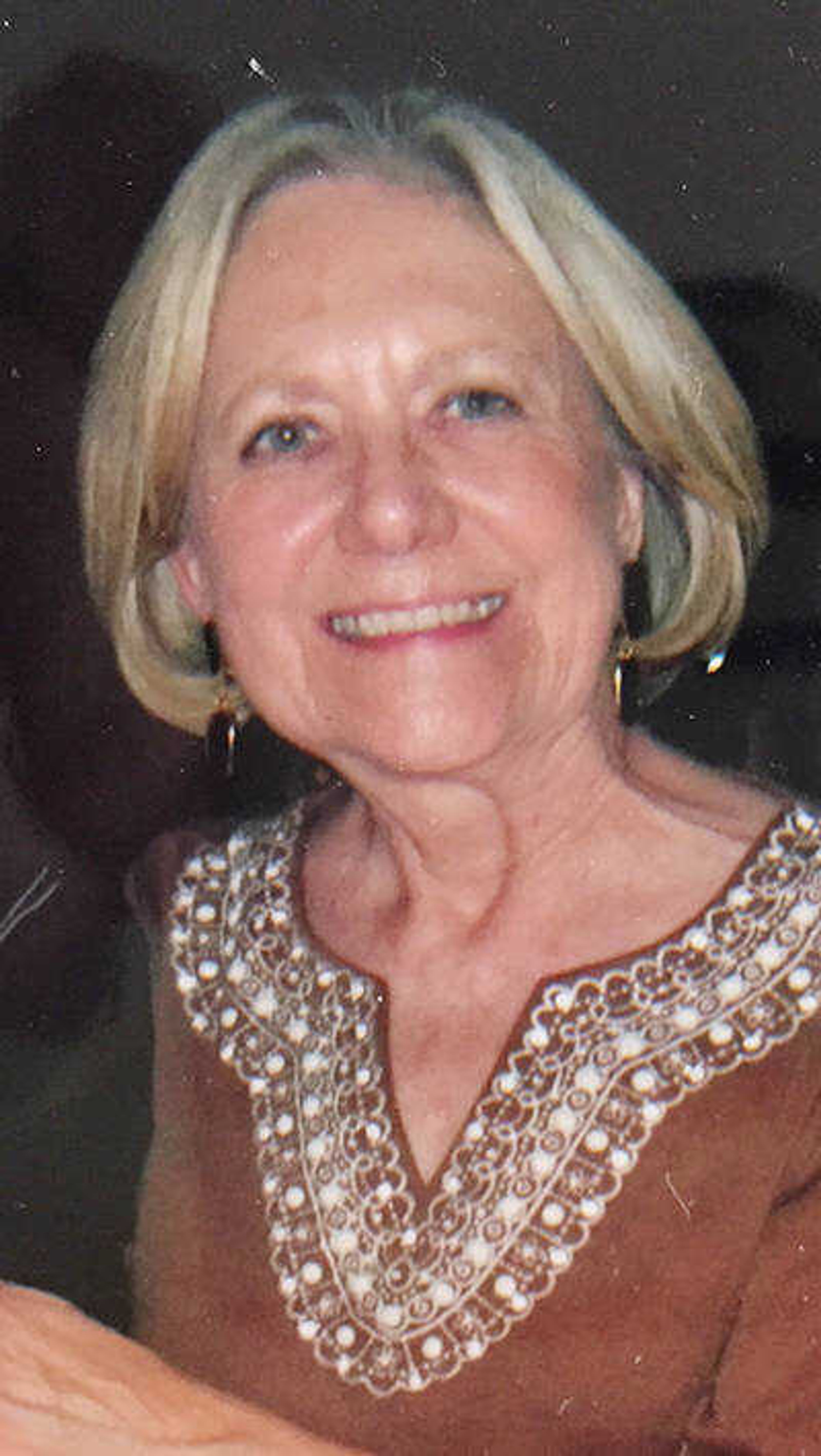The village smithy of Cape Girardeau
Growing up I loved the poem by Longfellow, "The Village Blacksmith." I recall the lines, "Under the spreading chestnut tree, the village smithy stands. The smith a mighty man was he, with large and sinewy hands." During the 1840s when the poem was written, there were a lot more blacksmiths in Cape than chestnut trees. ...
Growing up I loved the poem by Longfellow, "The Village Blacksmith." I recall the lines, "Under the spreading chestnut tree, the village smithy stands. The smith a mighty man was he, with large and sinewy hands."
During the 1840s when the poem was written, there were a lot more blacksmiths in Cape than chestnut trees. At one time blacksmithing was the dominant trade here with 12 to 15 shops. Adjacent to the blacksmith would oftentimes be wagon making, such as the case of William H. Bohnsack's operation found in the 600 block of Broadway. He reshaped the raw iron into things of beauty or practicality. Necessary tools of the trade filled his little building -- heavy leather apron, bellows, anvils, files, sledge hammer and tongs. Each item was necessary to repair buggies and wagons and make horseshoes. Farmers and housewives would seek his help to repair machines, sharpen knives and scissors and purchase locks and hinges. His objects of beauty included scrolled iron railings for yards, porches and balconies.
W.H. and his wife, Matilda (nee Frederick) Bohnsack, lived at 113 N. Frederick St., the street named for her pioneer family. The Bohnsacks built the charming brick 2 1/2-story German home (still standing) in 1890, after being married in 1875. Characteristics of the home are its arched windows, decorative roof line and beautiful iron yard fencing. Their backyard was home for their chickens, large garden and dovecote, a structure that housed the domestic pigeons for special Sunday dinners.
The Bohnsack Blacksmith Shop was close enough to their home that the daughters could carry his well-filled lunch bucket to him when he was on the job. There were three daughters born to their wedlock: Ella, who married James A. KInder, successful druggist in Haarig on Good Hope; Dr. Anita Bohnsack and Irene McCollough of California. The Bohnsacks had two grandchildren in California and two locally: Mary Helen Kinder (Mrs. Howard Flentge), who served as Dean of Women at Southeast Missouri State University, and Dr. James A. Kinder Jr., well- known pediatrician in Cape Girardeau.
Granddaughter Mary commented in the "Biography of Cape Girardeau County," 1976, "Grandfather Bohnsack was an artist at his trade." To display his artistry at the 1904 World's Fair, W.H. fashioned a wooden box with glass sides to show eight types of horseshoes he made.

Bohnsack personified the blacksmith of Longfellow's poem -- he balanced his job with his responsibility to his family and his community.
On Feb. 19, 1926, William died at home of pneumonia. He had retired 15 years prior; however, he stayed active in the order of the Masons and Knights Templar, as well as the Presbyterian Church.
On a pretty November day in 1930, Dr. Anita Bohnsack decided to take her mother and friends on a driving tour, which resulted in a terrible car accident near Lutesville, Missuri. Badly injured, Matilda Bohnsack died on Dec. 22 at Southeast Hospital at 73 years of age. She was greatly missed by her family and many friends at the Presbyterian Church and Eastern Star.
Connect with the Southeast Missourian Newsroom:
For corrections to this story or other insights for the editor, click here. To submit a letter to the editor, click here. To learn about the Southeast Missourian’s AI Policy, click here.











